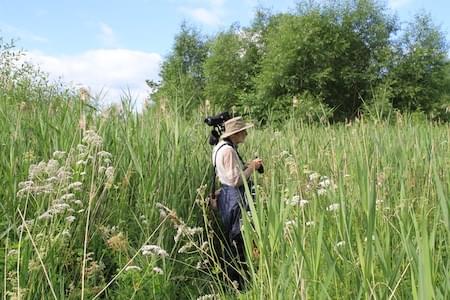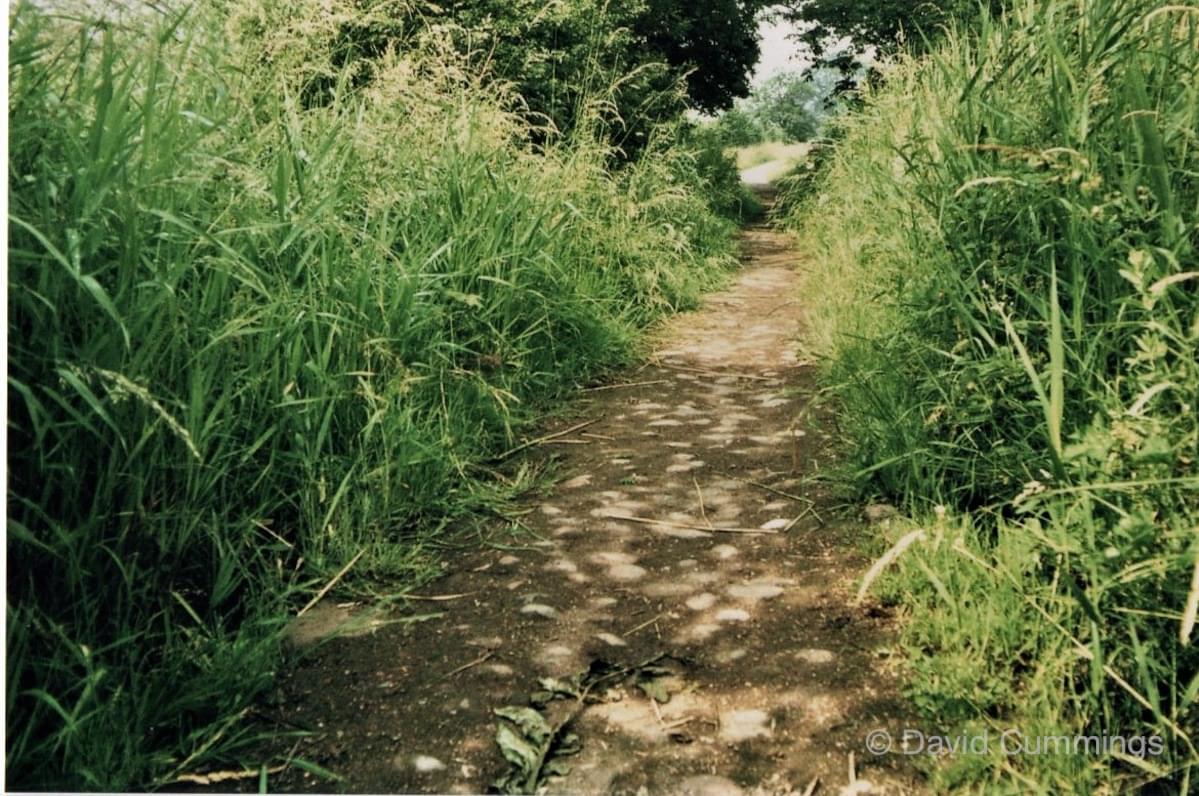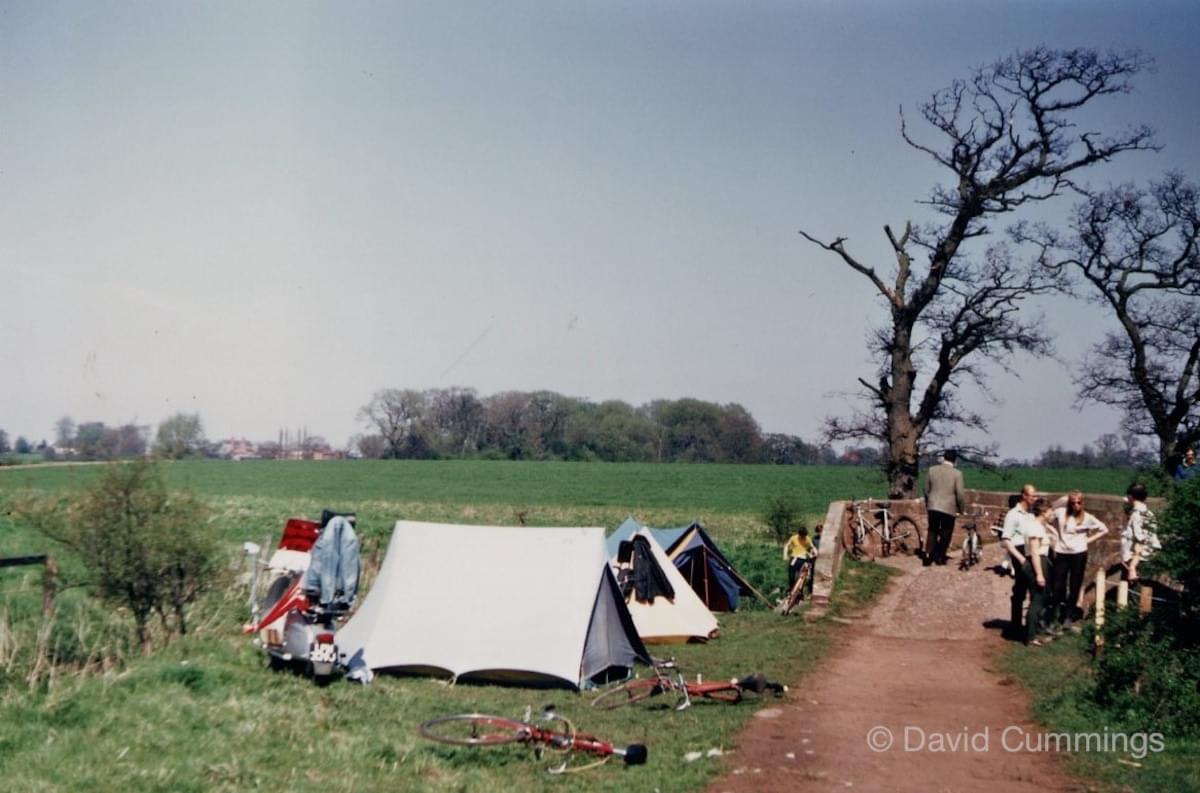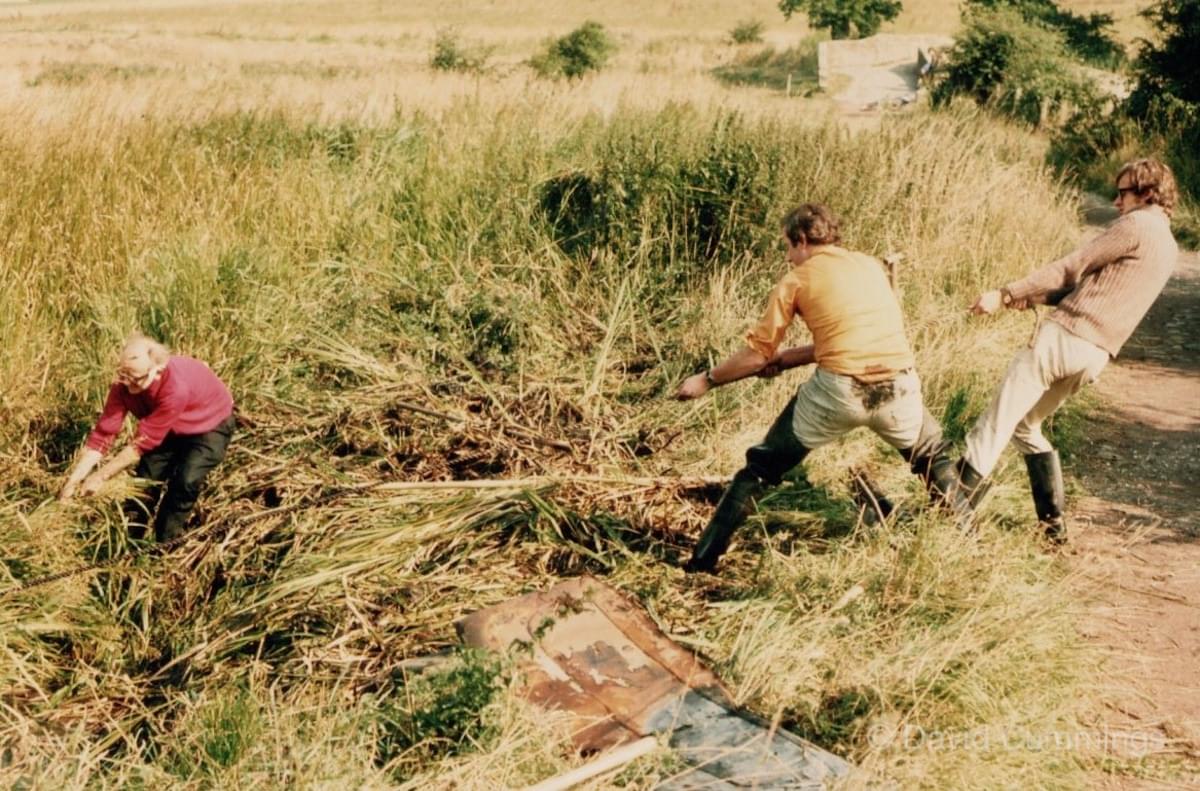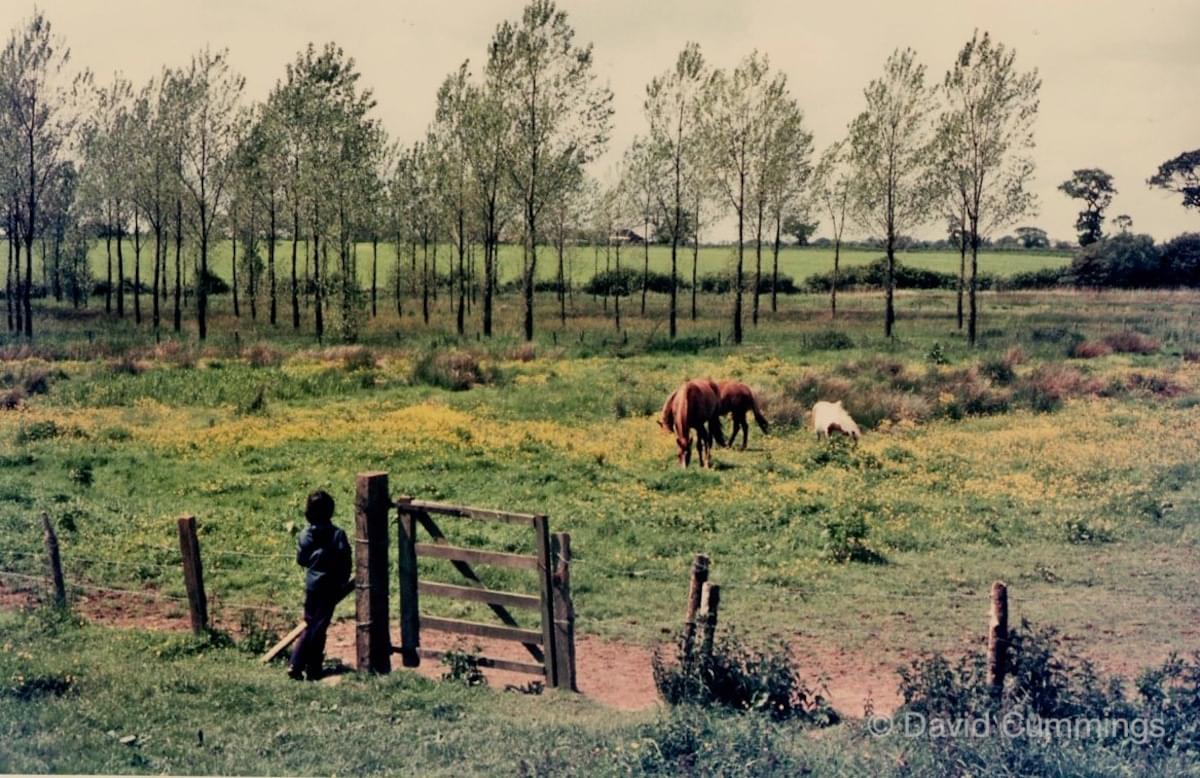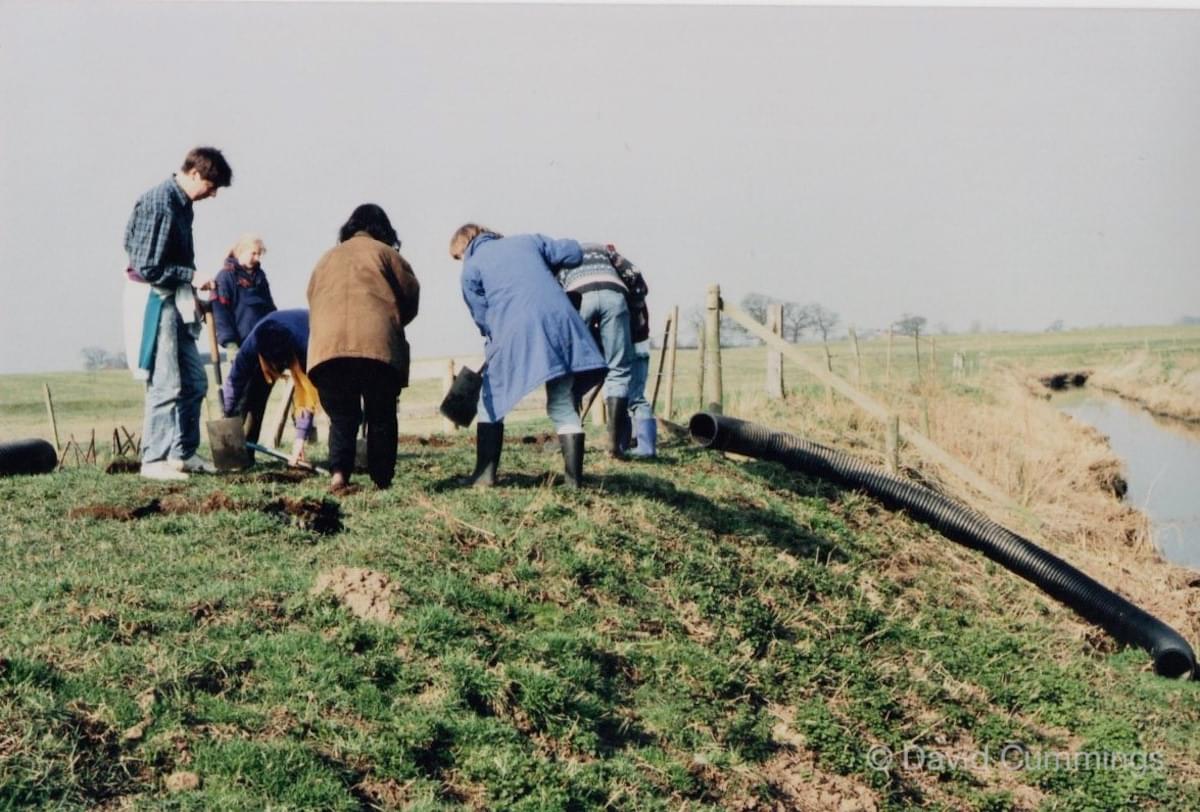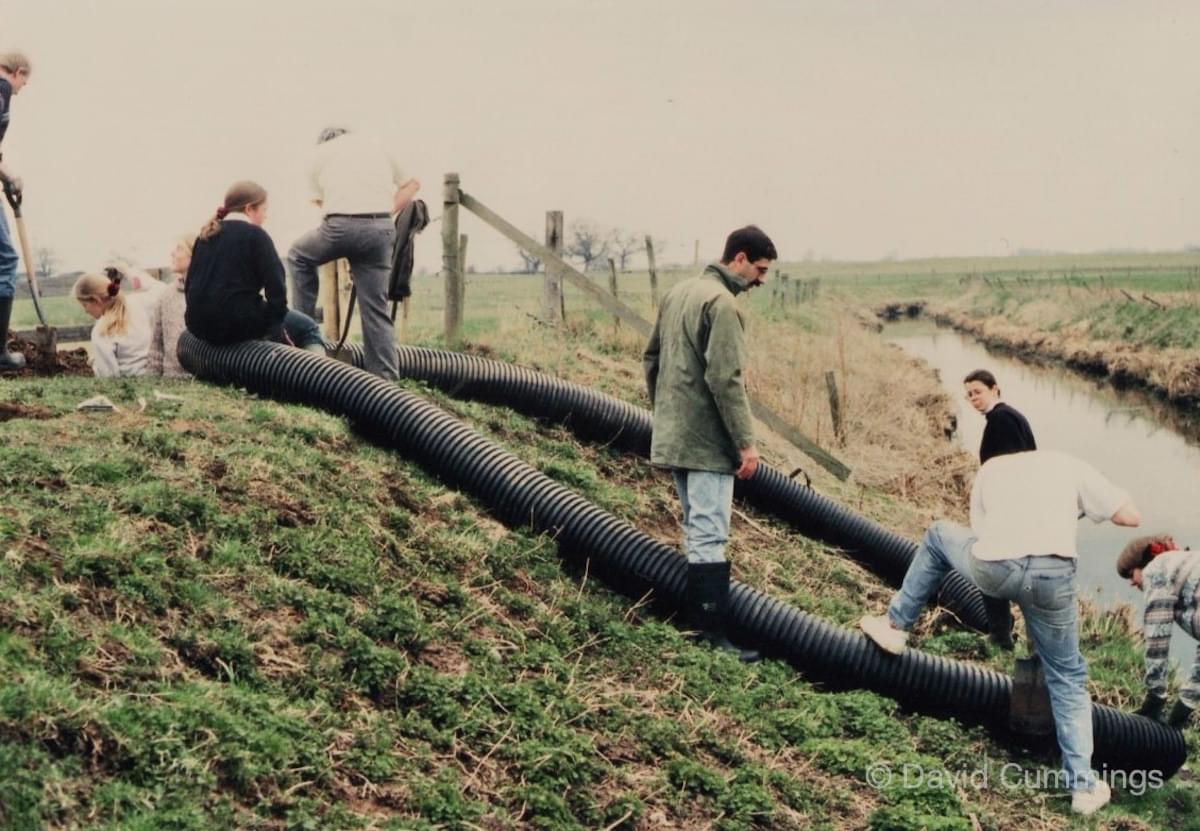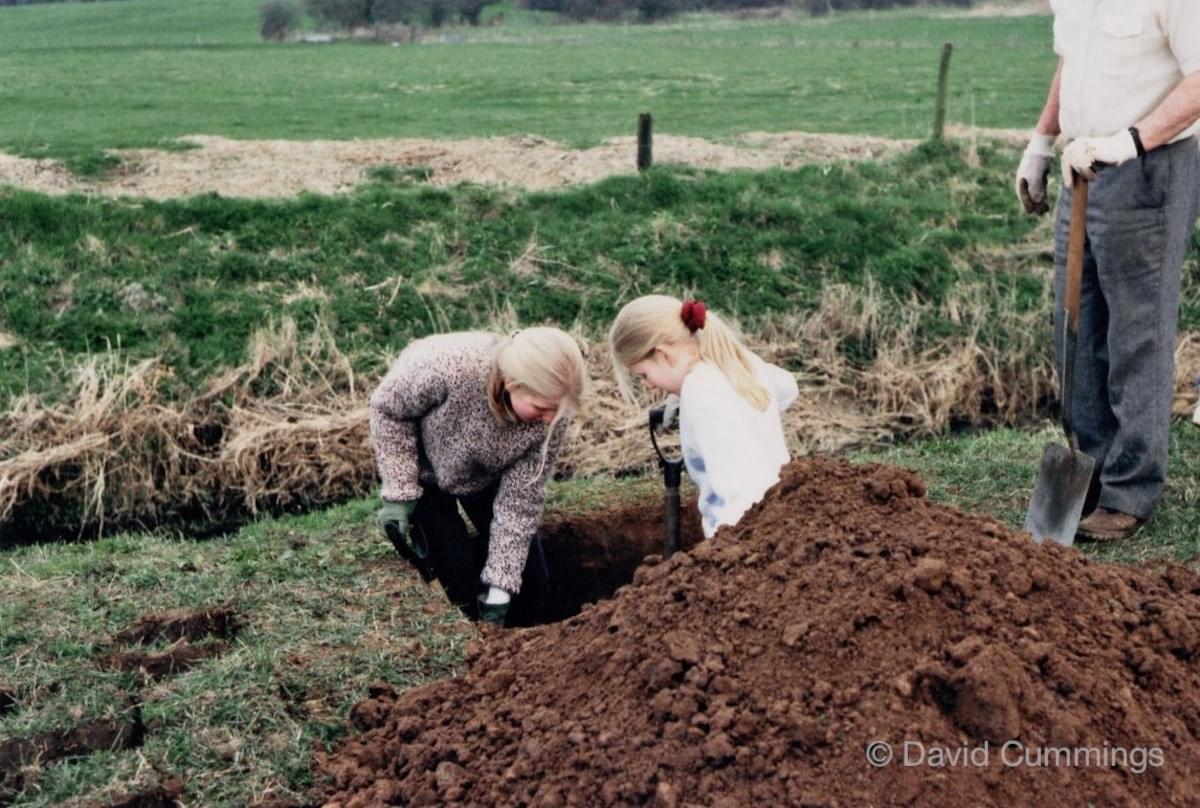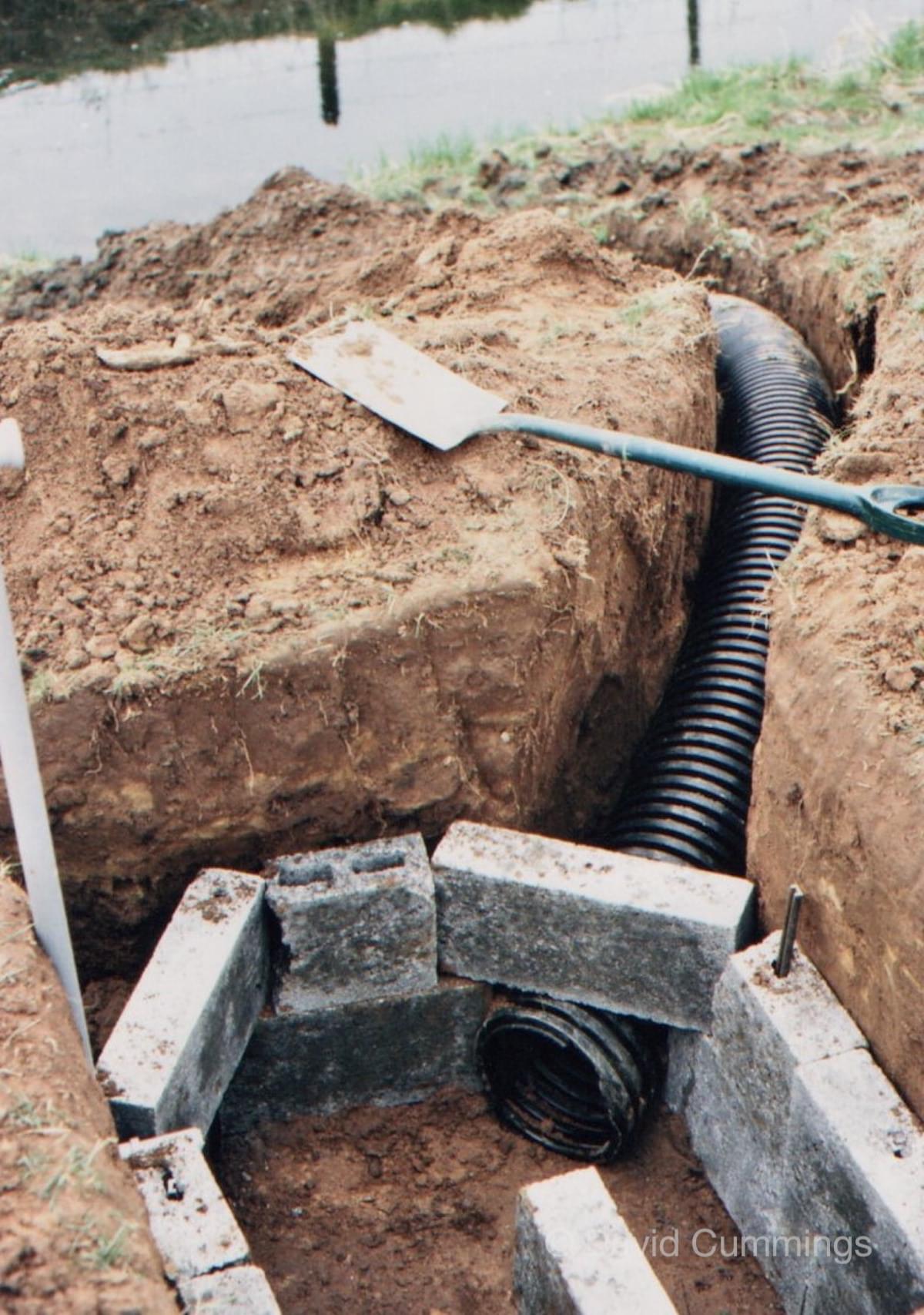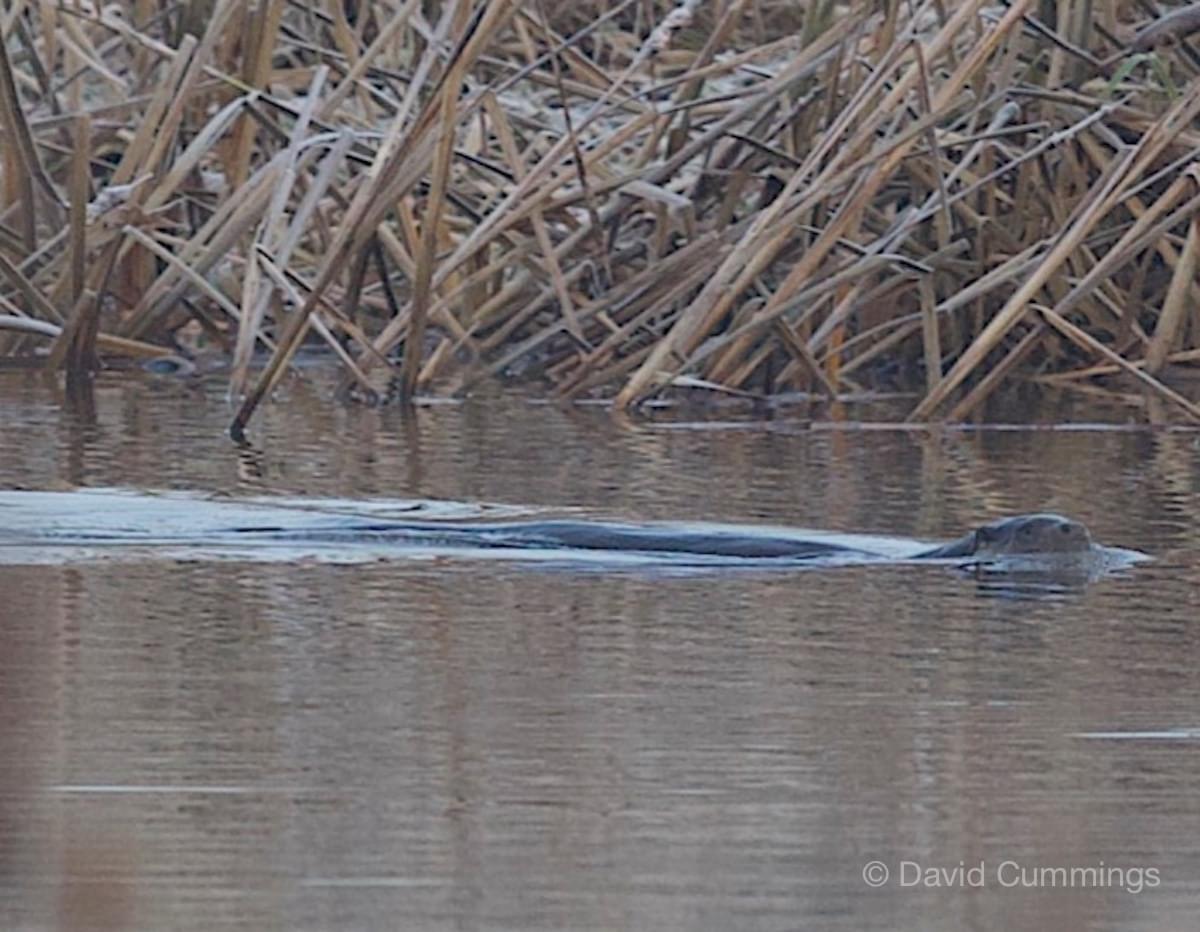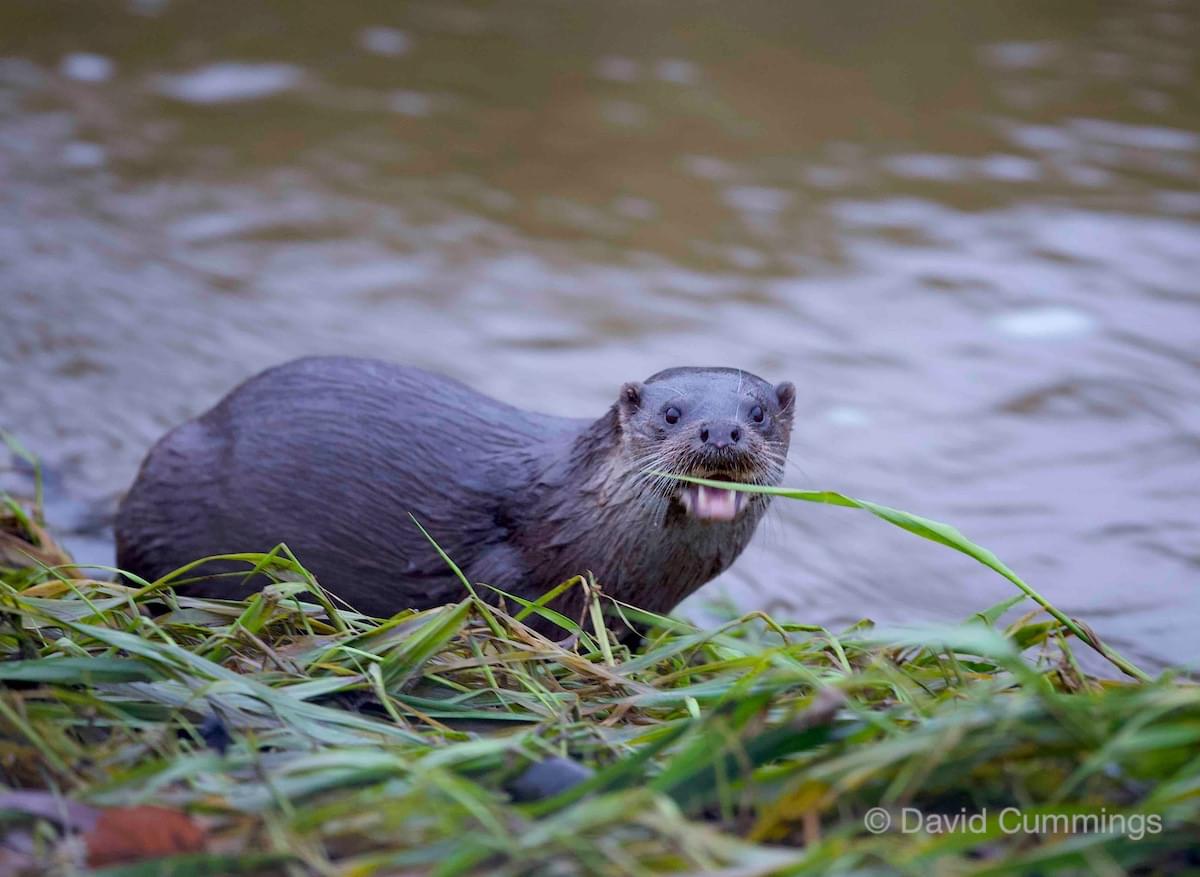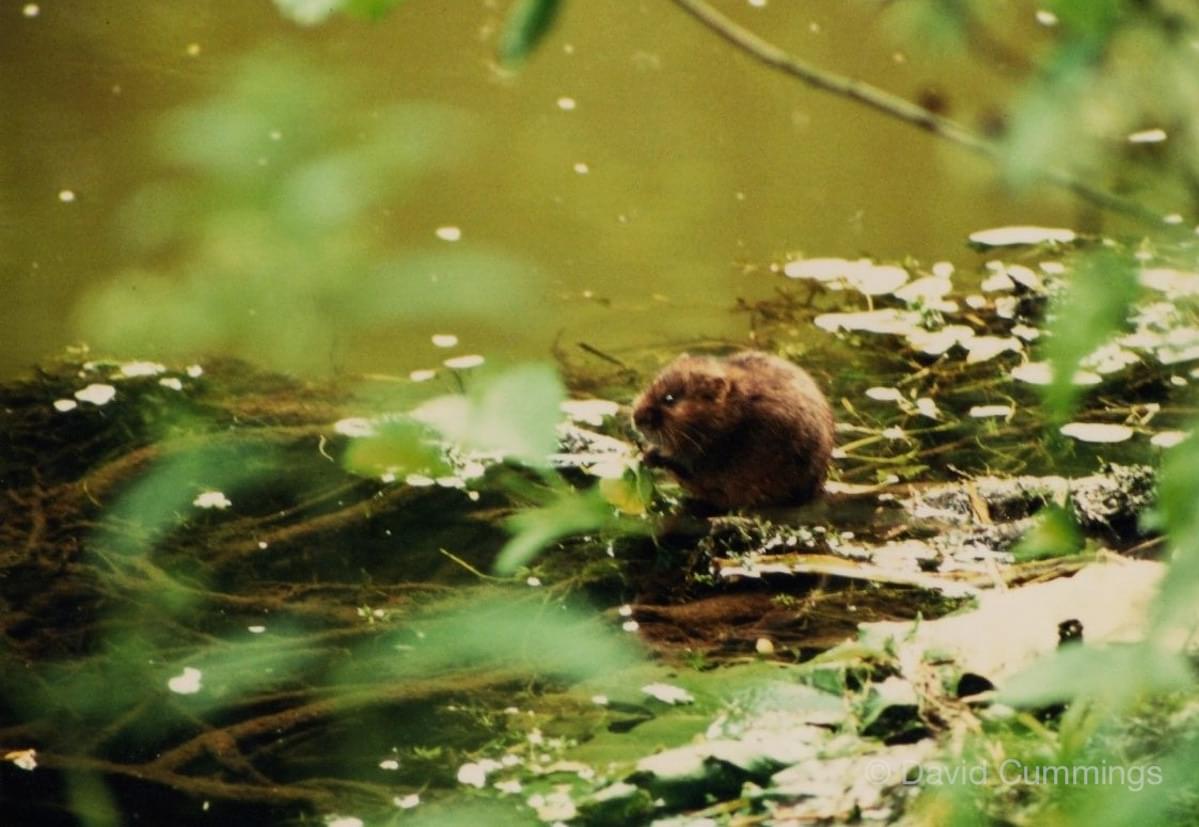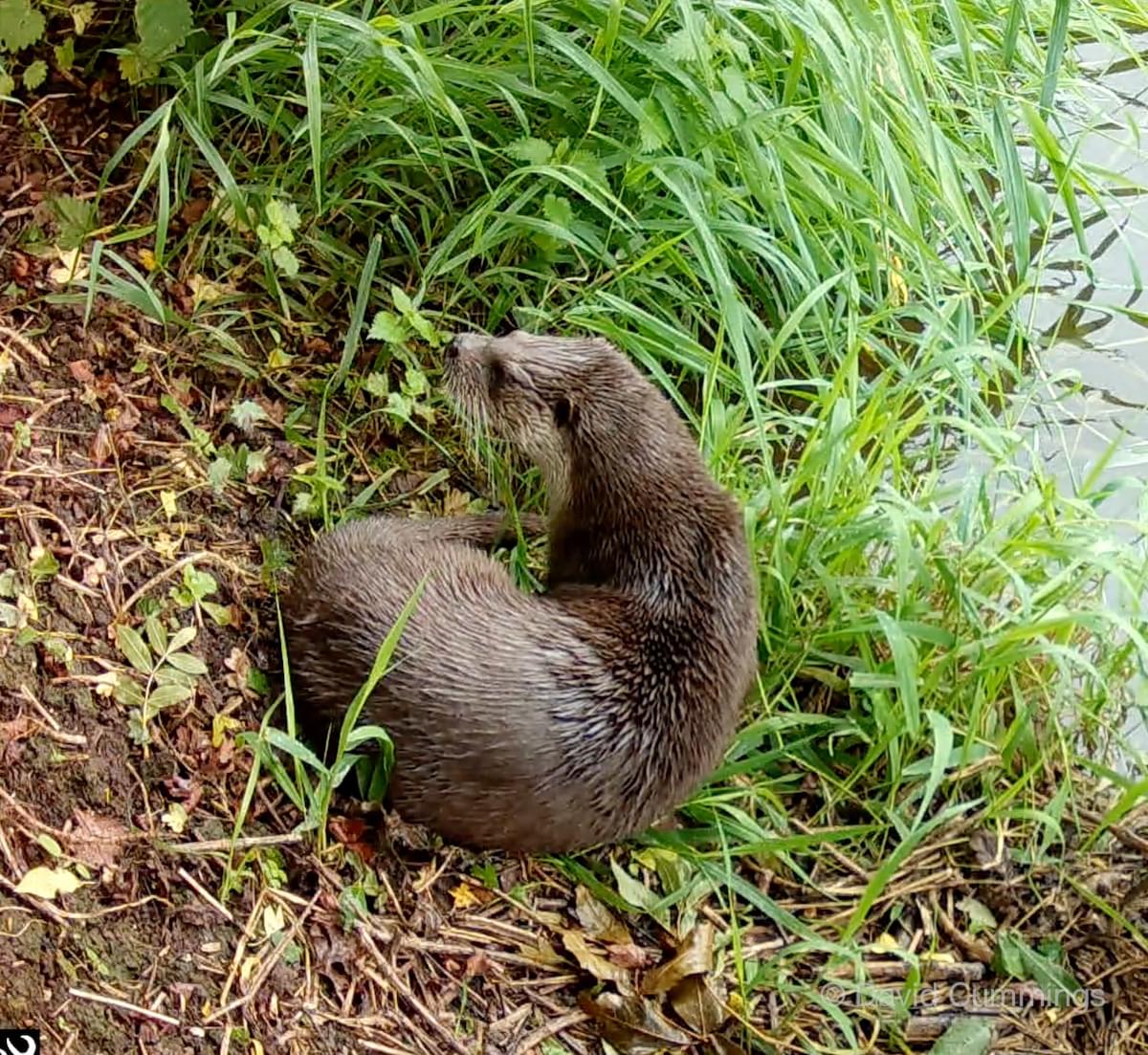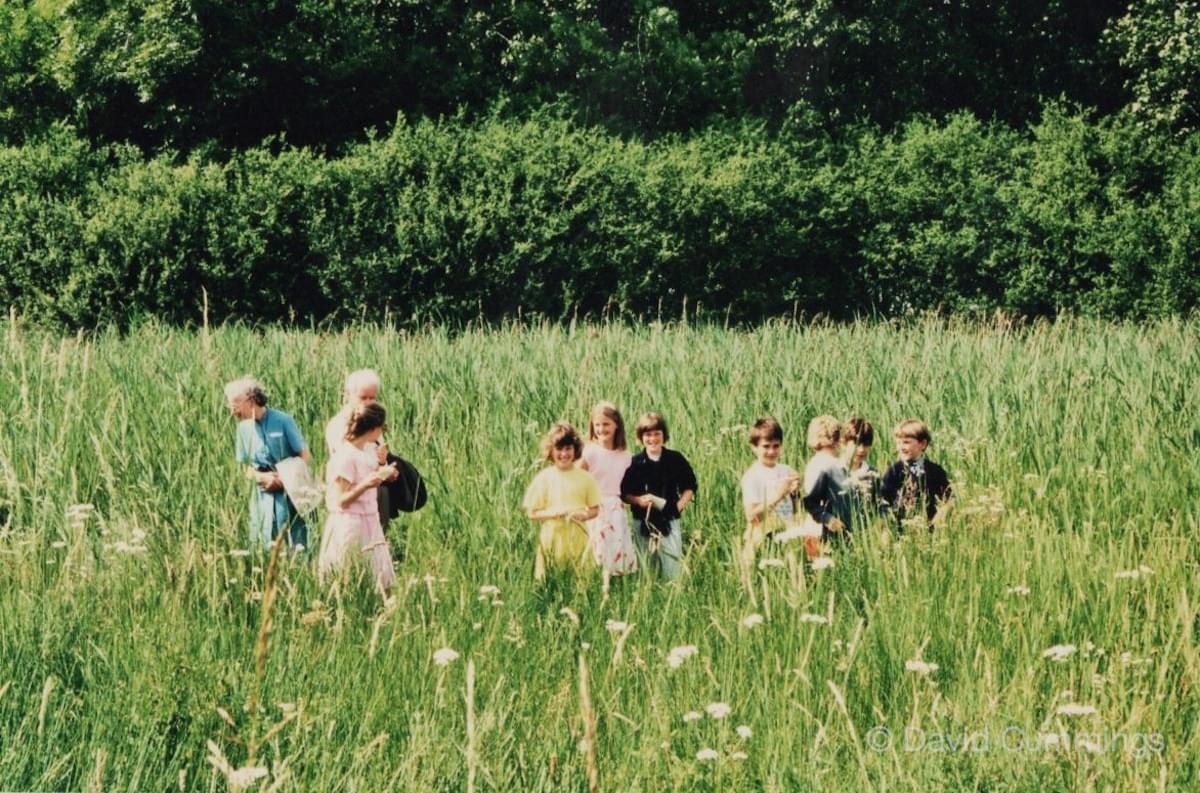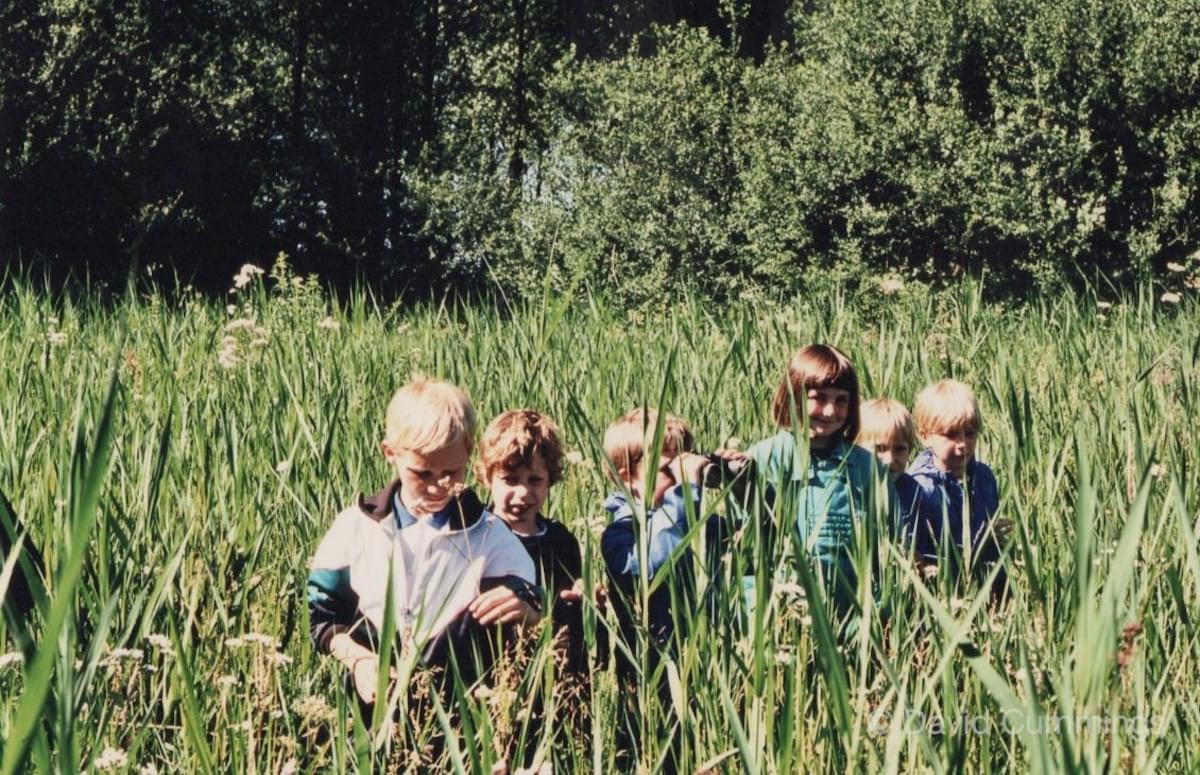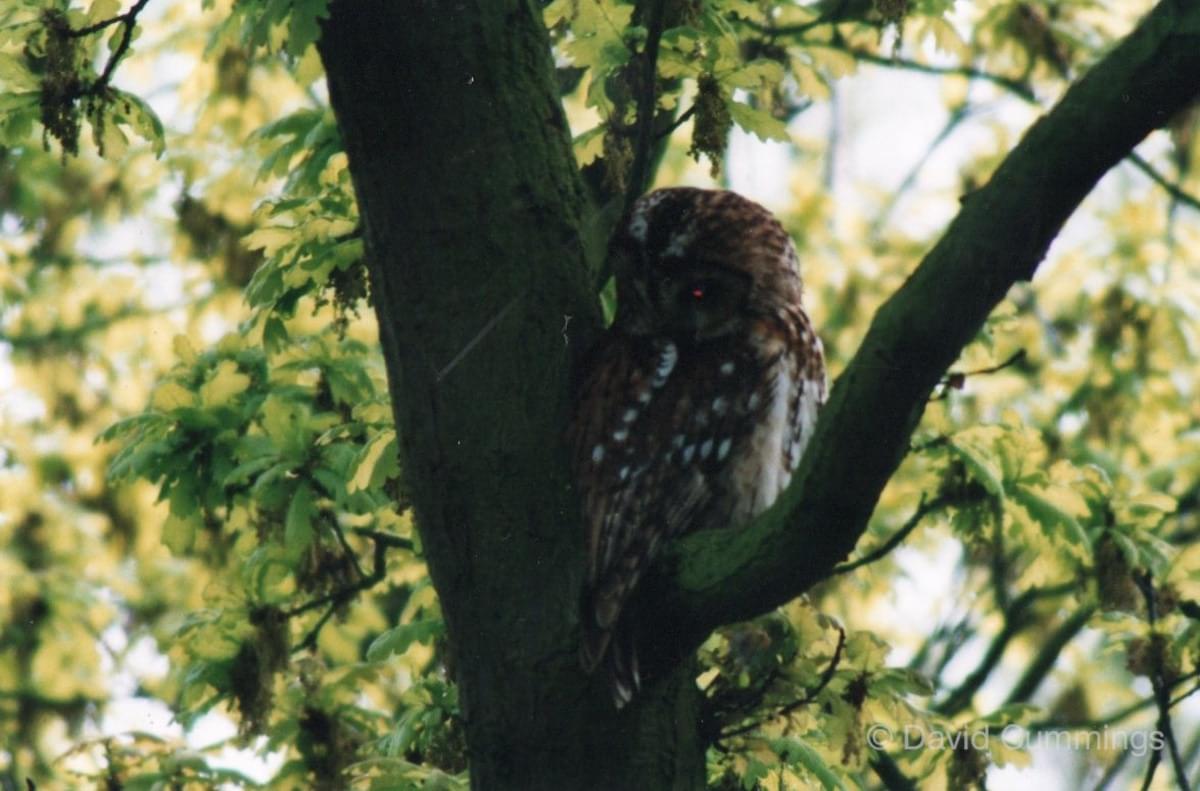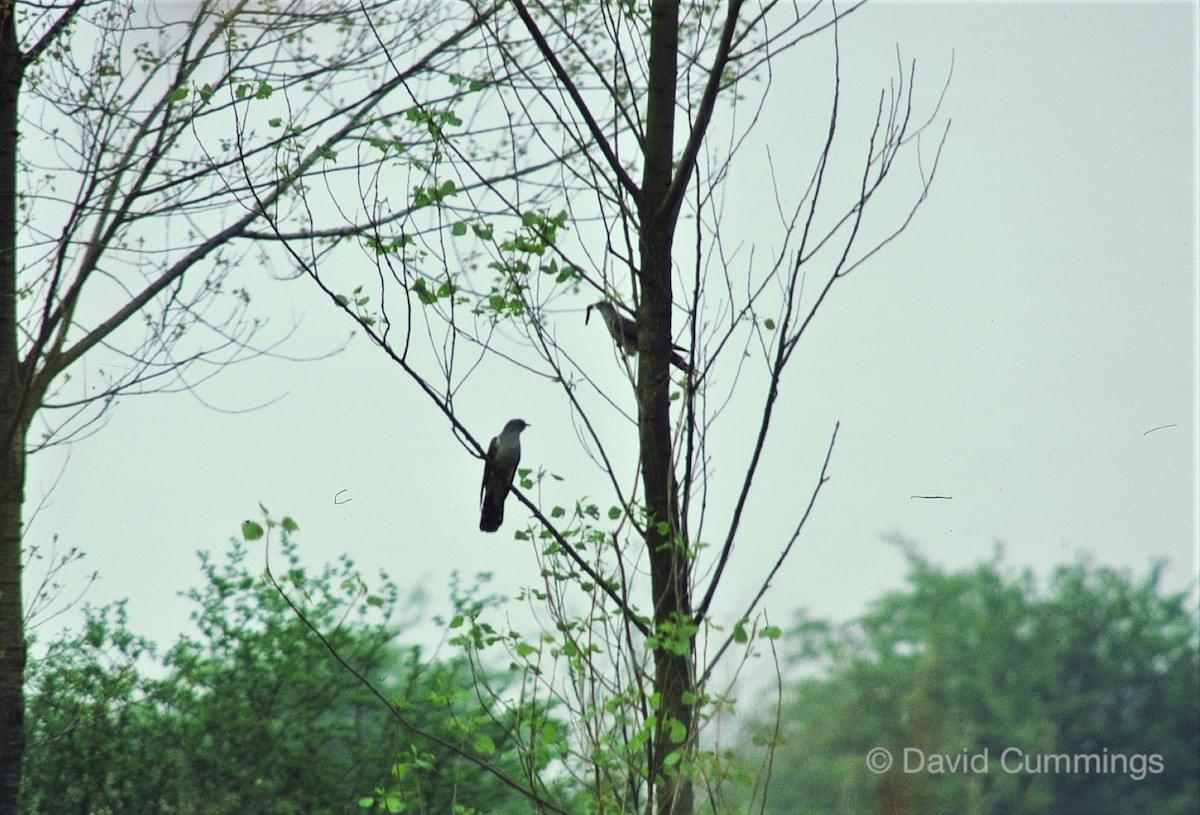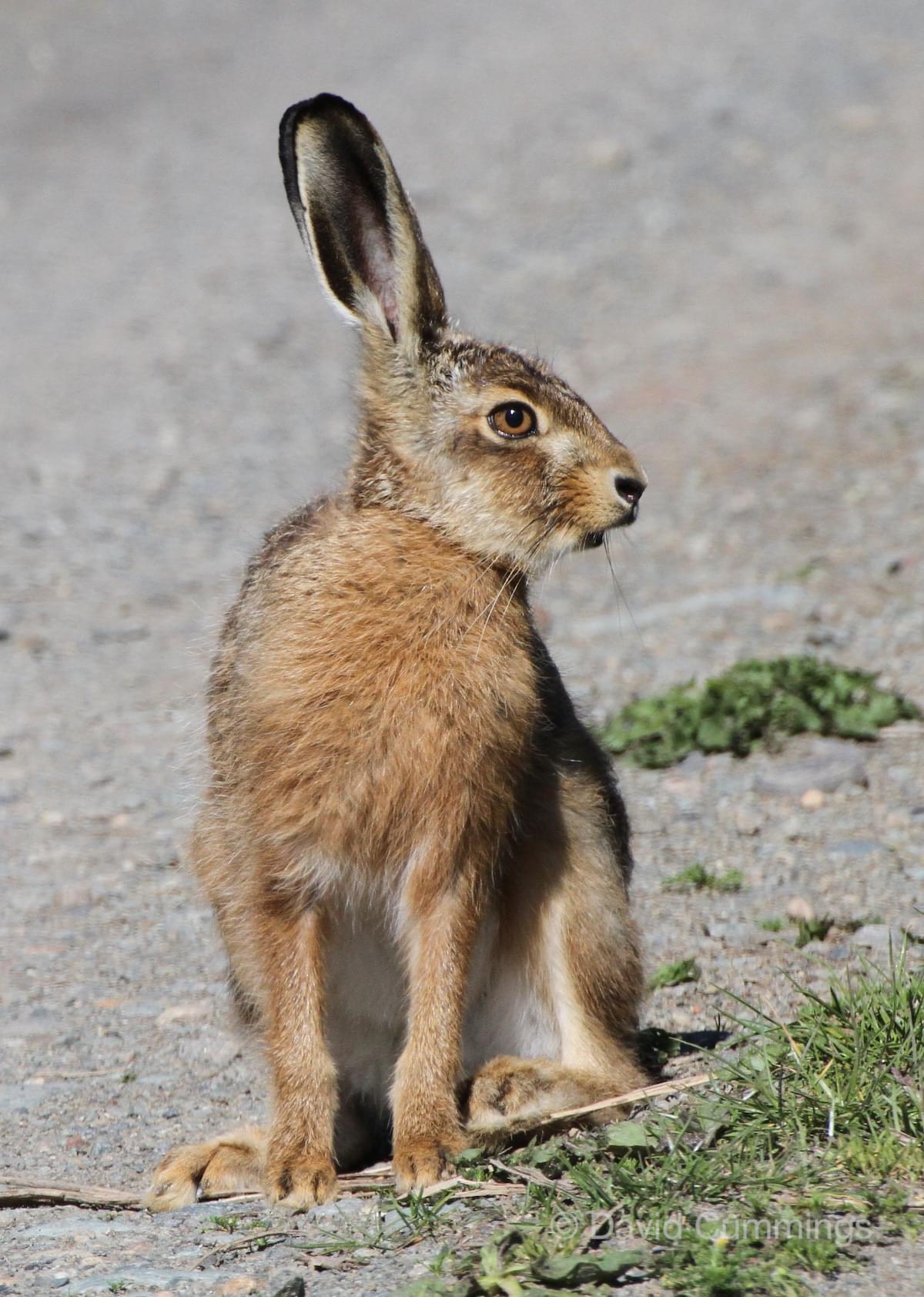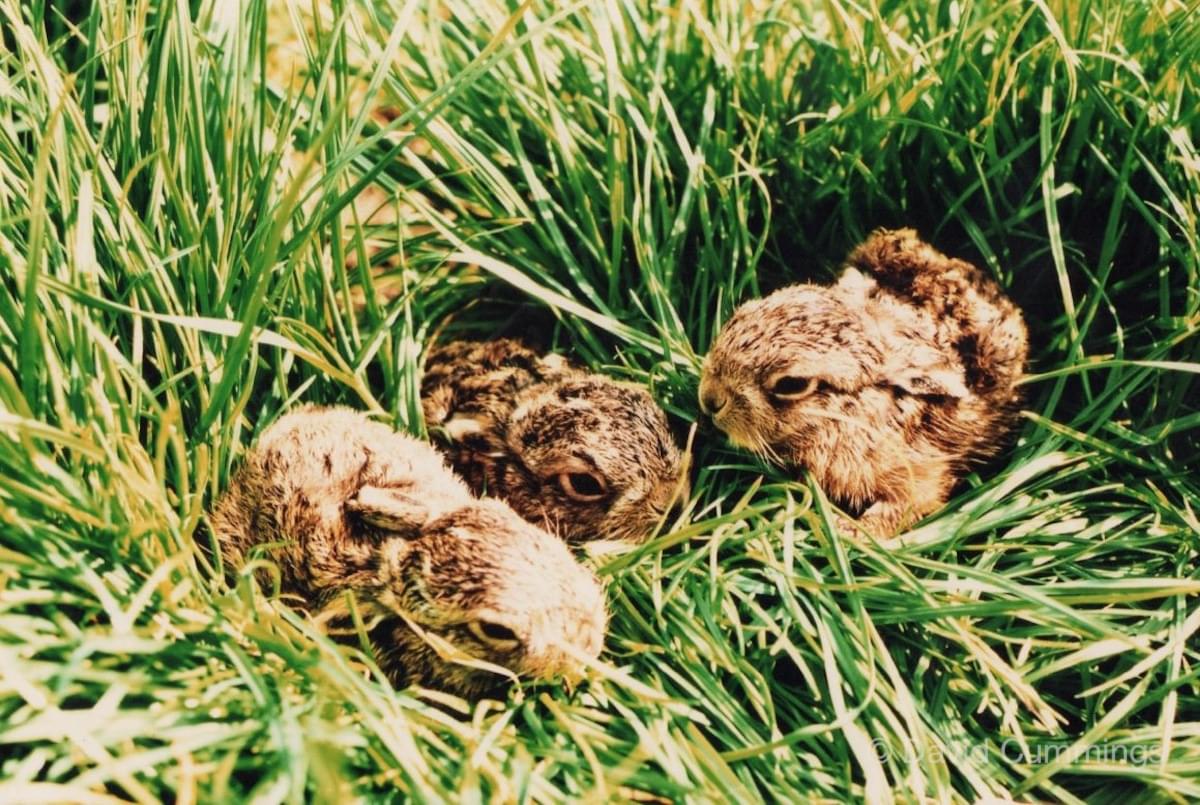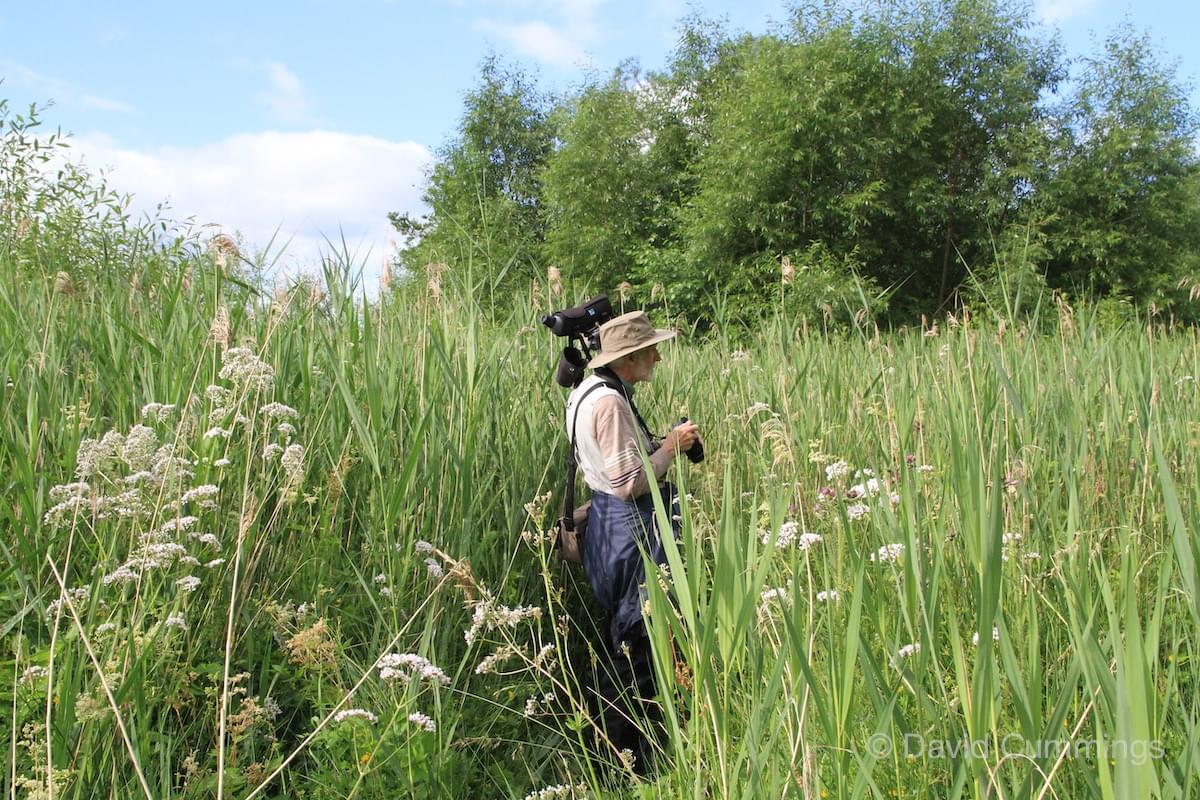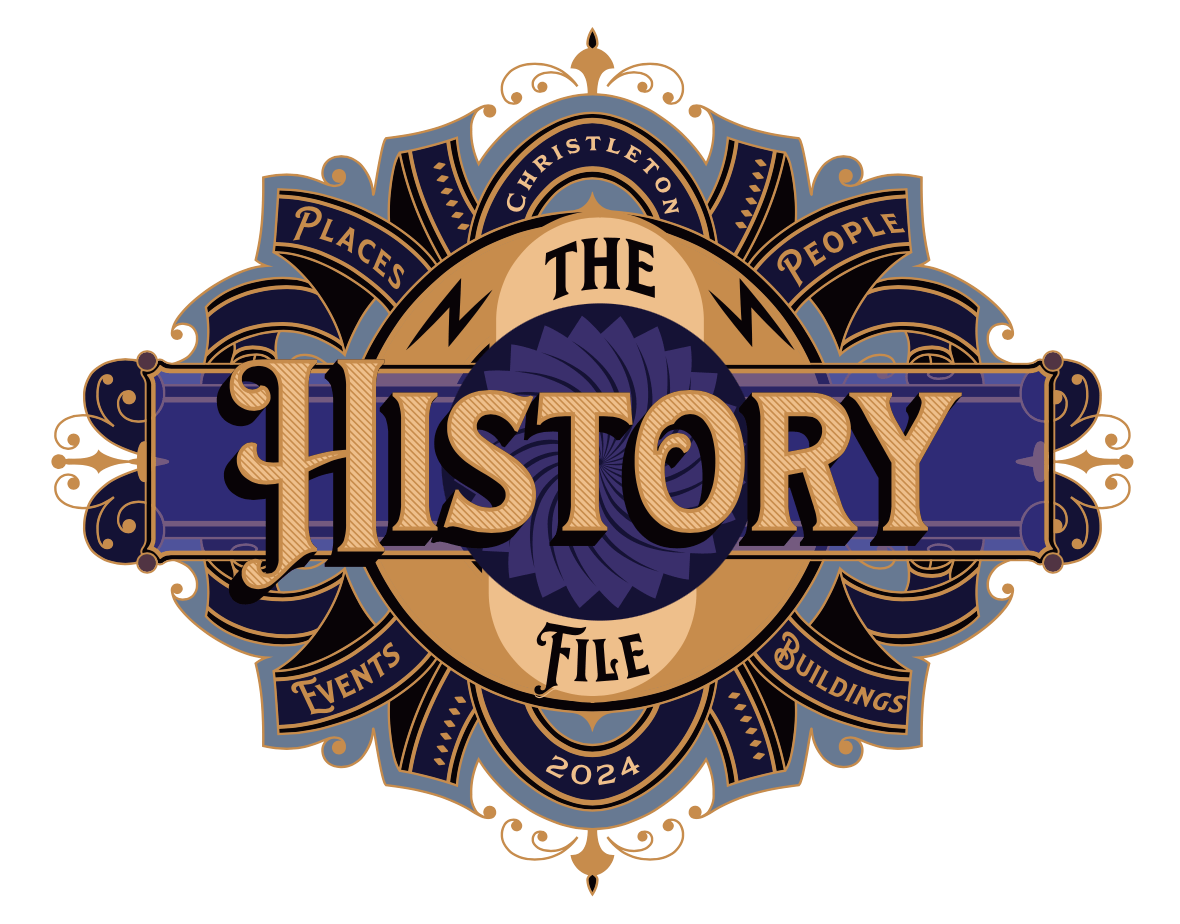
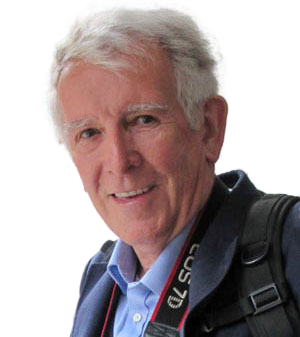
BY DAVID CUMMINGS BEM
January 2024
Hockenhull Platts Reserve - 50 years of recording Wildlife
When I first arrived at Christleton in 1972, to take up the headship of the Primary School, I was approached by two ladies, Dr Anthea Brian and Mrs Barbara Redwood inviting me, and consequently the children of the village, to join a conservation project they were carrying out, to survey the wildlife of the Parish. They were members of the then, Cheshire Conservation Trust (now Cheshire Wildlife Trust) and had instigated this survey of everything natural they could in the area. Ponds, trees, hedgerows, animals, birds, butterflies etc, and wanted to engage the village in their work. The Pit was a good starting point, at that time a muddy hole in the ground with pools of water, and lots of rubbish and litter. During my college studies in Gloucestershire, I had come across and admired the work of Sir Peter Scott, so was very aware of the need to conserve the natural world around us. The rest, as they say, is history, because I was immediately aware of how I could integrate the project into the school curriculum. My view of education has always been that it is the education of the whole child through a wide variety of experiences, and not just a 3 R’s approach which was the case in Christleton.
The initial work started in 1972/3 with surveys in and around the village, and the embryo Pit Project started. Parents and children were involved, and there was great excitement especially as I encouraged parents to come into school, to help plan prepare the way I wanted to work with them in the new County Primary school being built in Quarry Lane. This was the beginning of a wonderful relationship, including the forming of a School Association of Parents and Teachers, for the benefit of all. The enthusiasm for the project was superb, and we not only became involved in village life, but soon expanded into involvement with the Parish Council, The Secondary School, and the Cheshire Conservation Trust. This led to the children becoming actively involved in village life, and indirectly to work on studies of natural history at the newly created Hockenhull Platts Reserve. I took small groups of children weekly during the summer months to record life on the reserve, studying birds, butterflies, plants and mammals. This continued for over twenty five years until I retired, and included the school being a centre for the West Group of the Cheshire Conservation Trust, hosting meetings, conferences and fund raising Barn Dances etc. for them.
The pictures you see accompanying this article are some of my first images taken at the Platts, and are now converted from colour slides taken at the time. The history of the bridges has become steeped in our own village history and is covered in other articles, but just looking at the original passageway through the reed beds gives you some idea of the state of vegetation there. The wet meadow seen with children looking at the orchids, is now 50years later, overhead high with rampant reed beds. You can see the newly planted poplar plantation in the early 1970’s, and some of the attempts at pond clearance. Later work of digging an otter holt to the north of the big meadow on a bend of the Gowy, has resulted in the re-introduction of a family of otters. I am grateful to Joe O Hanlon, from Vicars Cross, for his amazing support over the years and for the use of some of his excellent photographs. I can no longer get around the reserve as much as I used to, but some of the accompanying photographs show some of the superb variety of wildlife there. The tawny owl that the children saw on almost every visit, cuckoo, water vole, brown hare and the three leverettes. I hope that these images give some idea of the wonderful variety of wildlife that the work by the children started over 50 years ago and helped to record.
-
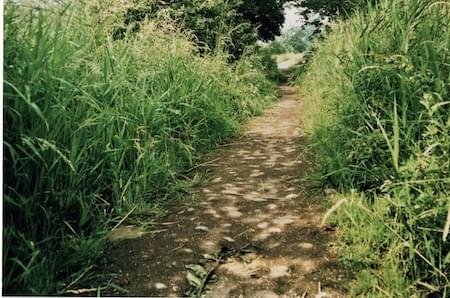
Birch Heath Lodge, Christleton
-
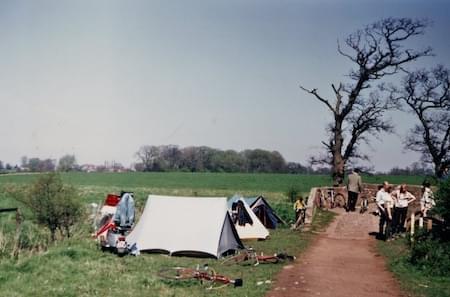
-
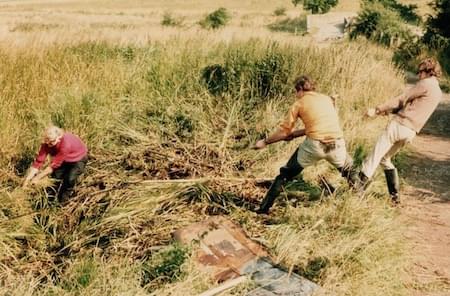
-
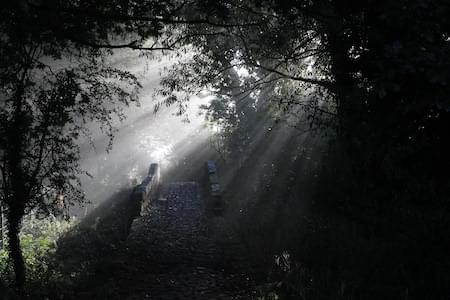
-
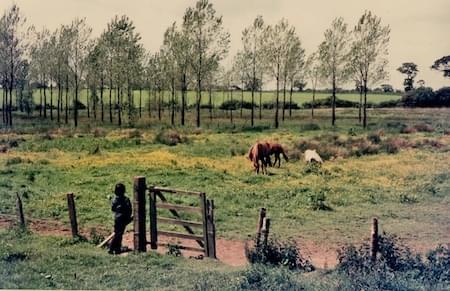
-
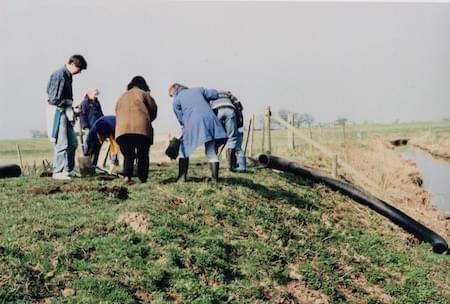
-
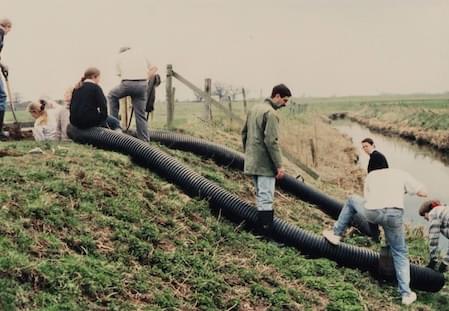
-
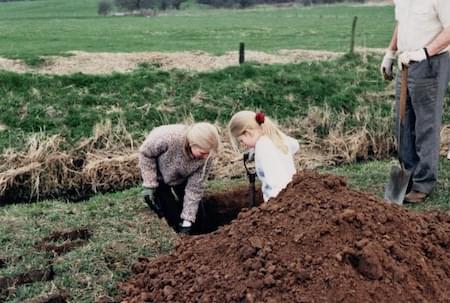
-
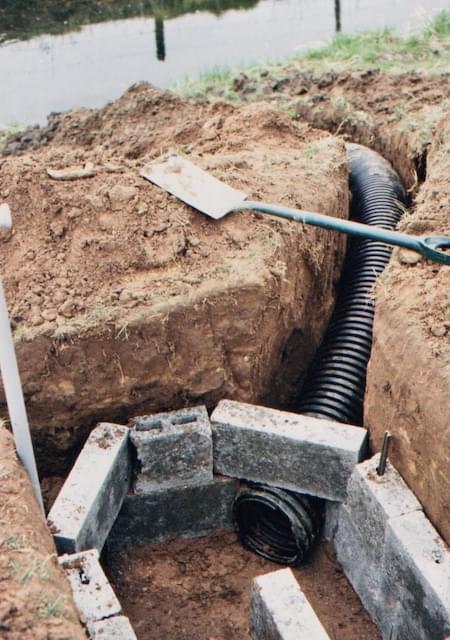
-
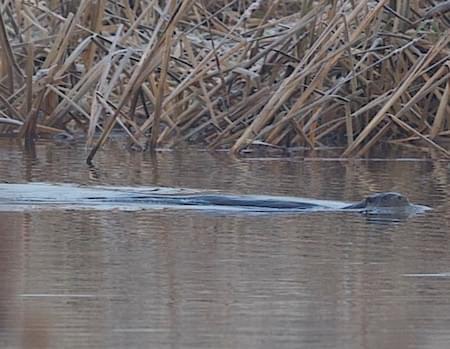
-
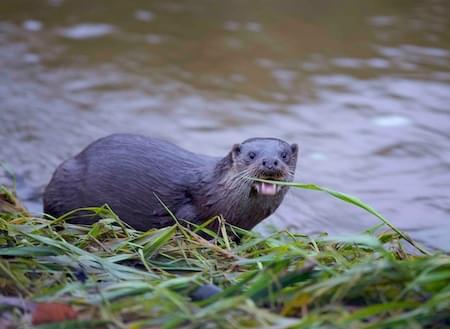
-
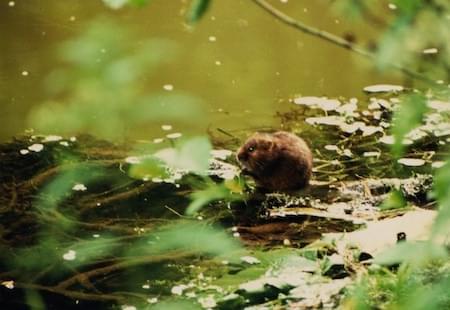
-
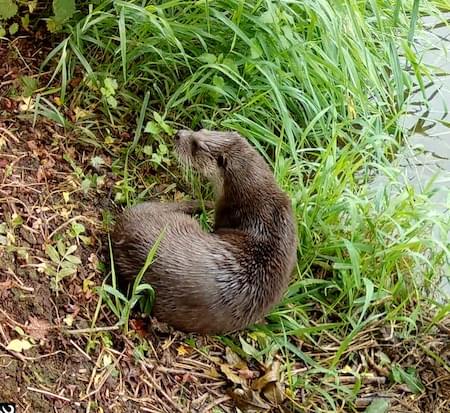
-
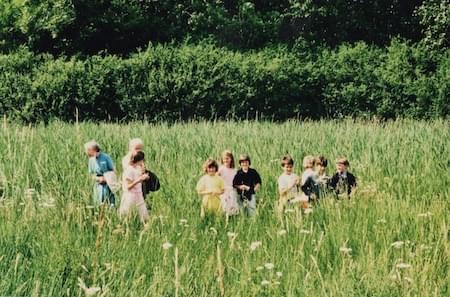
-

-
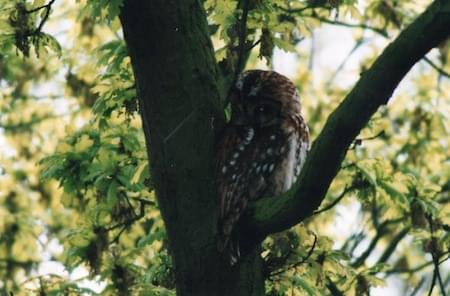
-
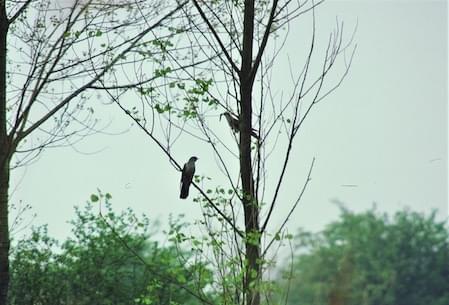
-
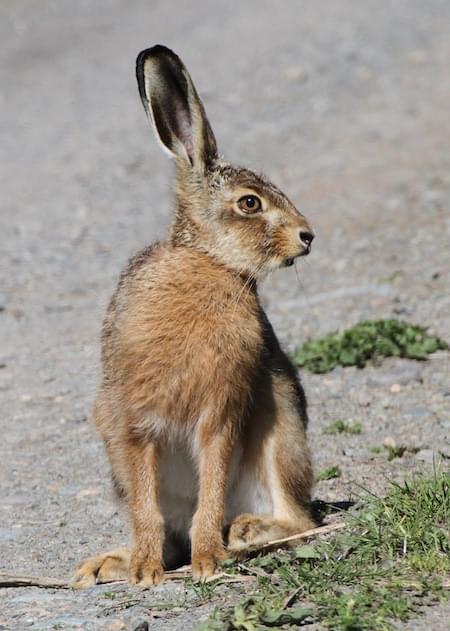
-
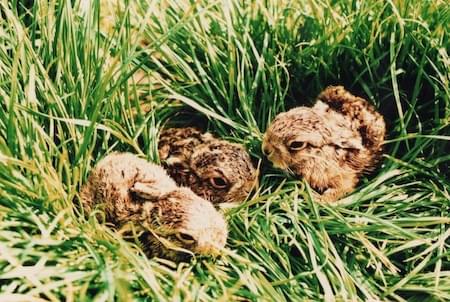
-
